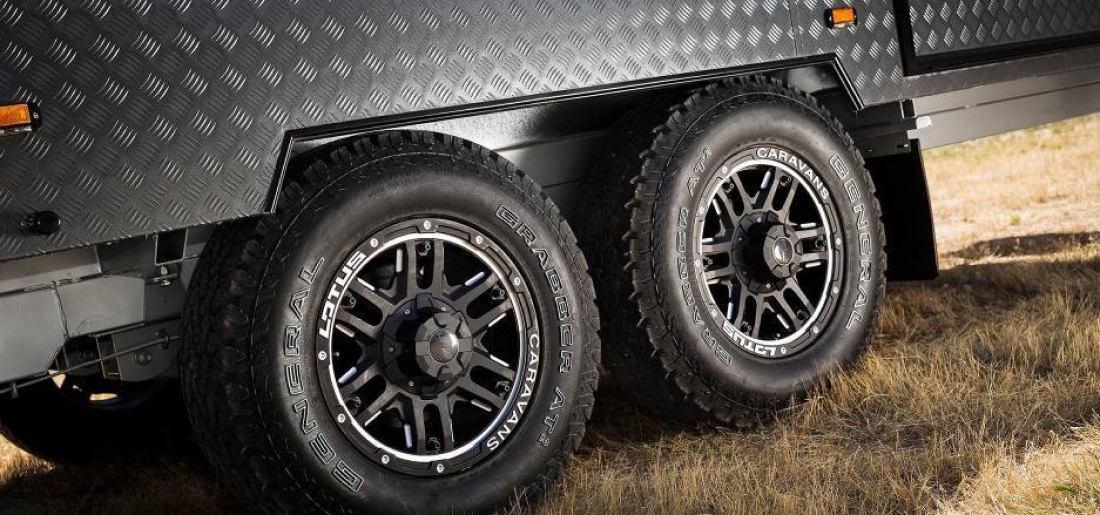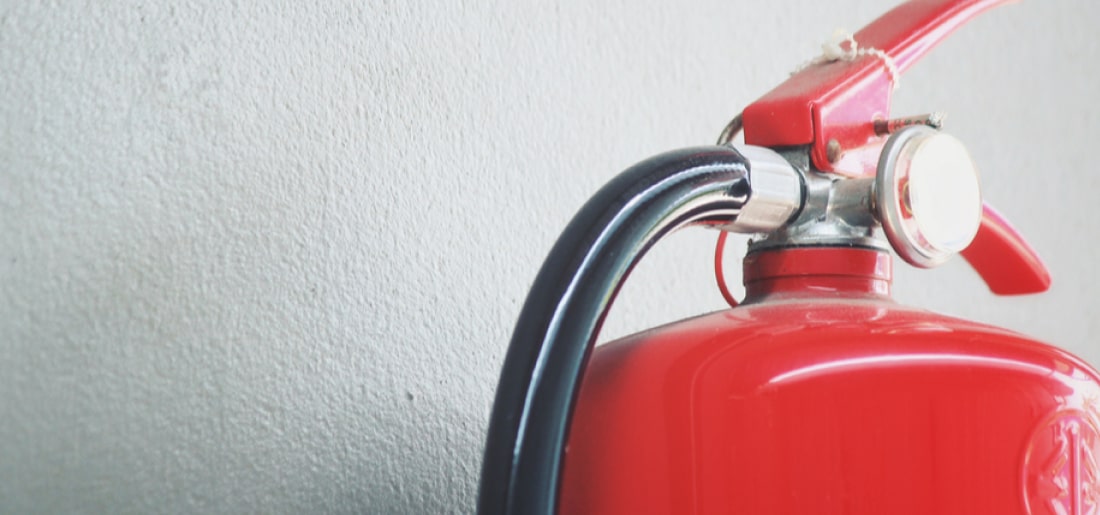5 TIPS FOR SAFE CARAVAN BRAKING
Picture this, your cruising down the road with your pride-and-joy Lotus Caravan in tow, fat as Larry. When, quick as a flash, the mother of all rain storms rolls in. And suddenly the road veers downhill and the bloke in front of you decides to slam on the brakes. Suddenly, your braking on a wet, greasy surface with a 3,000kg van hitched to the back of you!
As ridiculous as this situation is, if it were to happen you’d be facing a whole lot of trouble – even with the latest 3,500kg-capable crew cab utes.
You can always be safer on the road, so here are a few tips to help you out.
Use a weight distribution hitch
Where the tow ball weight exceeds 150kg, it is recommended that you use a heavy-duty weight distributing hitch. When fitted correctly, this will ensure your tow vehicle stays hitched and will allow its front brakes to do their job in pulling it up.
Without the hitch, the ball weight of the caravan will place extra load on the rear suspension and lighten the weight on your tow vehicle’s front wheels. This means they will probably lock up earlier under heavy braking. Your ABS will try and overcome this, leading to longer stopping distances.
Choose the right tow vehicle
You should always choose your tow vehicle based on the Aggregate Trailer Mass (ATM) of the caravan and tow ball weight. And match it against the TARE weight; gross vehicle mass (GVM); gross combination mass (GCM); tow rating and ball weight rating of the tow vehicle.
There’s a bit of math involved but it’s basically broken down like this; The caravan’s ball weight should be less than the tow vehicle’s maximum ball weight rating, and the caravan’s ATM should be less than the tow vehicle’s maximum tow rating. Add the trailer ATM to the tow vehicle’s GVM and the combined weight should be less than the GCM. If the total of the ATM and GVM is higher than the GCM, you may still be able to tow the caravan if you don’t load the caravan and tow vehicle too much.
Install an electronic brake controller
An in-cab brake controller can be attached under or in the dash of your vehicle. It’s wired to the car battery, stop light circuit and the 7 or 12-pin socket into which the caravan plug connects. Installation is almost independent of the vehicle’s electrical circuit and has no conflict with car computers or ABS braking systems.
Power is fed from the vehicle stoplights into the controller and then back to the caravan through the plug and socket. This allows the caravan brakes to come on automatically when you apply the vehicle brakes.
You should be prepared to change the settings on these from time to time to adjust to the driving conditions.
Check your tyres
We know, it’s an obvious one. But its importance can’t be overstated. Things like wheel alignment can change and chop out your tyres if you nudge a few kerbs, and tyre sidewalls deteriorate if they’re standing around all day.
Tyre pressure is another thing to keep an eye on. If you’re not sure, set them at the car manufacturer’s full-loaded highway pressures for the rear wheels if you are driving on bitumen. And make sure that the pressures match on each side of the van.
One more thing
Load your caravan correctly by spreading the weight as evenly as possible across the axle line and, of course, drive to the conditions. The safer you are on your travels, the happier they’ll be.
This article was originally featured on Without a Hitch

